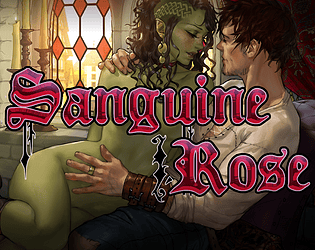
Doom's Unlikely PDF Port: A Testament to its Enduring Legacy
A high school student has achieved the seemingly impossible: porting the iconic 1993 first-person shooter, Doom, to a PDF file. While the resulting experience is undeniably slow, it remains playable, adding another bizarre entry to the long list of unconventional platforms hosting this legendary game.
Doom's compact size (a mere 2.39 megabytes) has always been a key factor in its portability. This has led to a thriving community of programmers and enthusiasts constantly pushing the boundaries of where Doom can run. Previous successes include ports to devices like the Nintendo Alarmo and even within other video games, such as Balandro.
This latest feat, by GitHub user ading2210, leverages the PDF format's JavaScript capabilities for 3D rendering and user input. However, the limitations of the PDF format necessitate compromises. Instead of using individual text boxes for each pixel (a computationally intensive approach for Doom's 320x200 resolution), ading2210 cleverly employs one text box per screen row. This results in a significantly slower frame rate (around 80ms per frame) and a visually simplified game lacking color, sound, and text.
Despite these limitations, the PDF port is a testament to Doom's enduring legacy and the ingenuity of its fans. The project isn't about achieving optimal performance; it's about exploring the creative possibilities inherent in the game's design and the surprising capabilities of seemingly unsuitable platforms. With the continued experimentation of players worldwide, the future holds even more unexpected locations for a Doom playthrough.
















